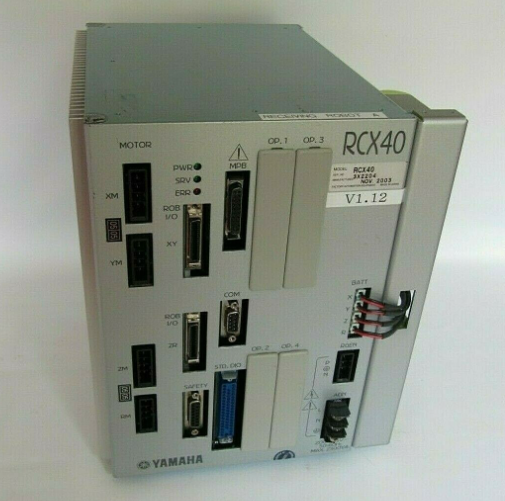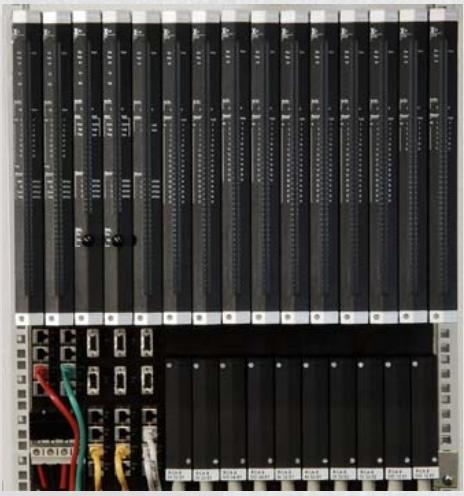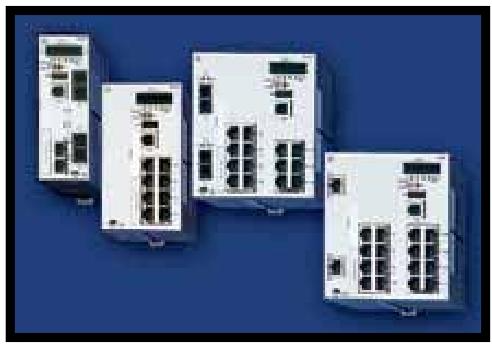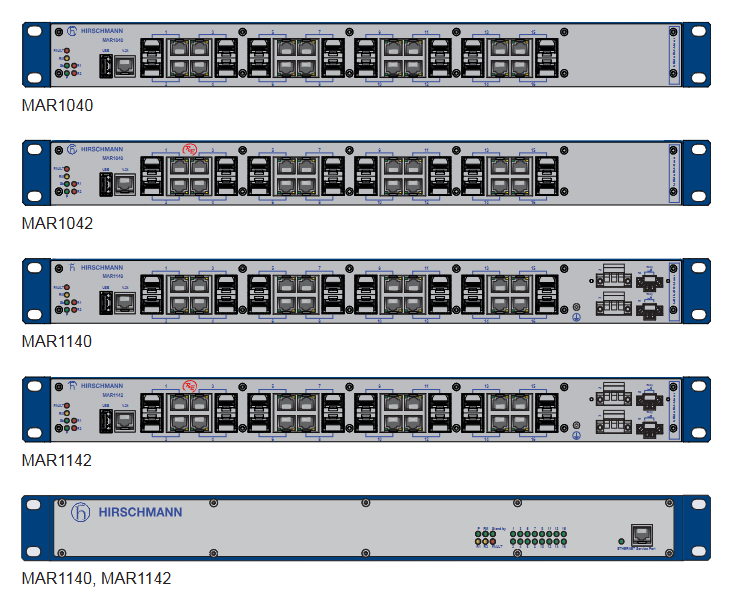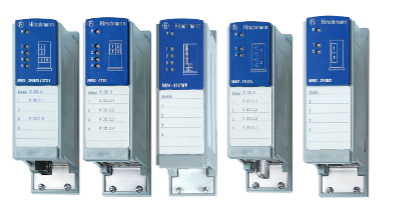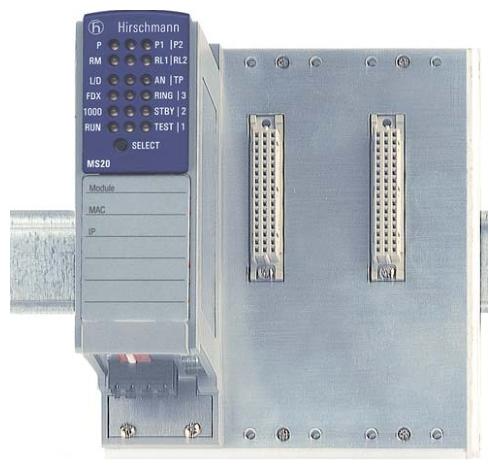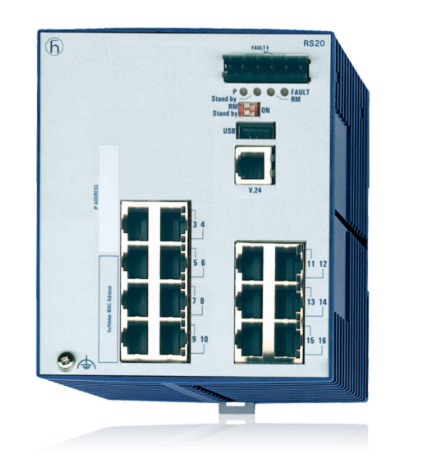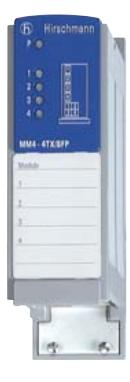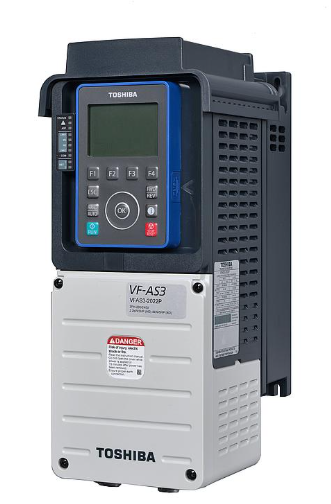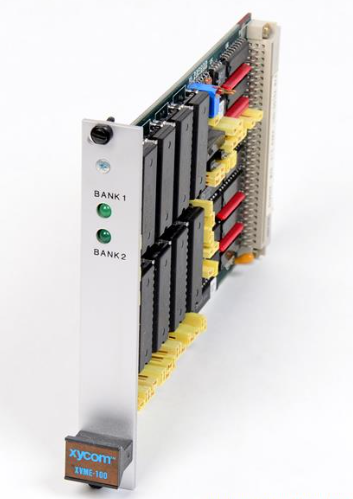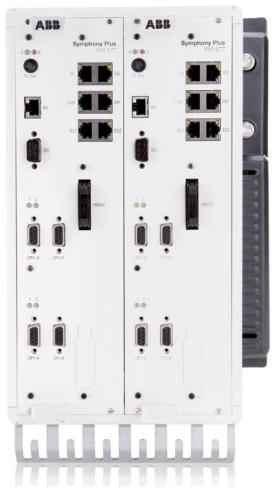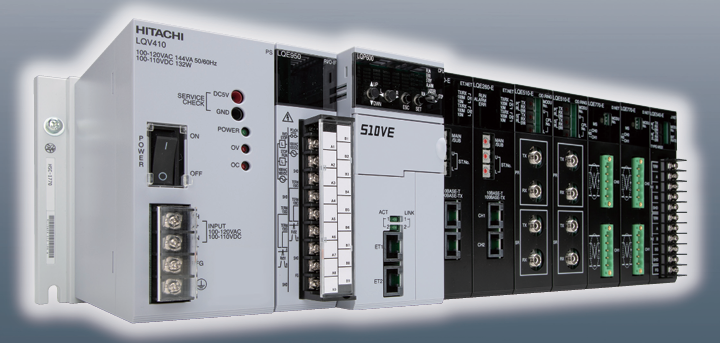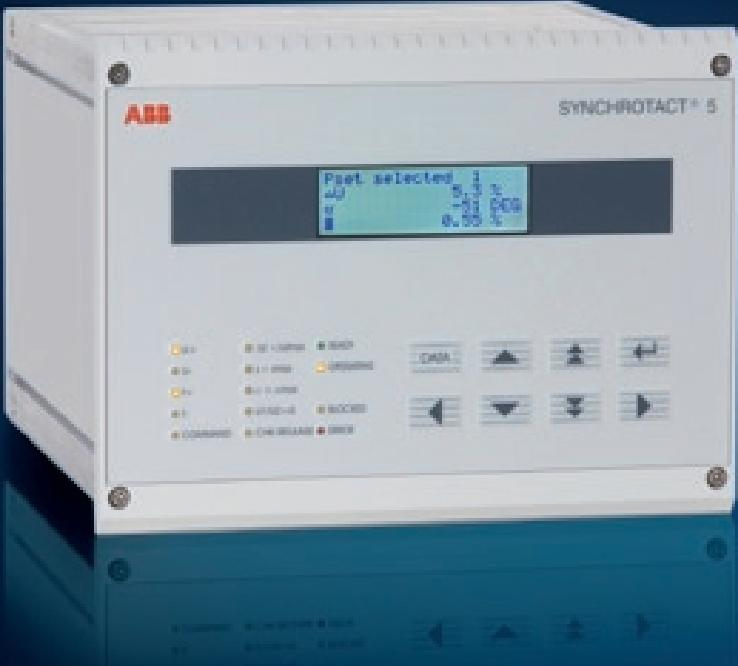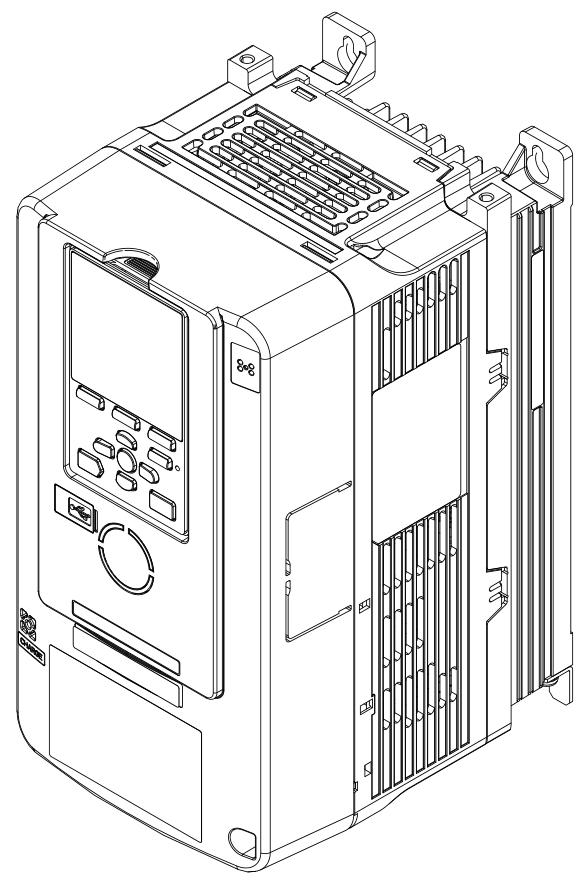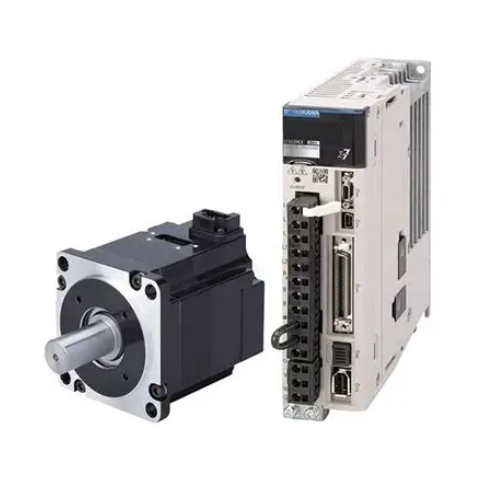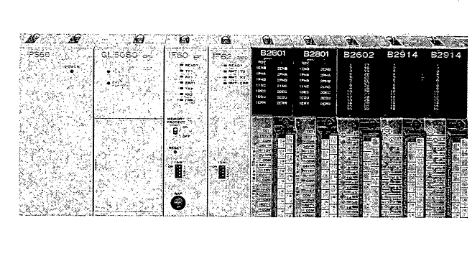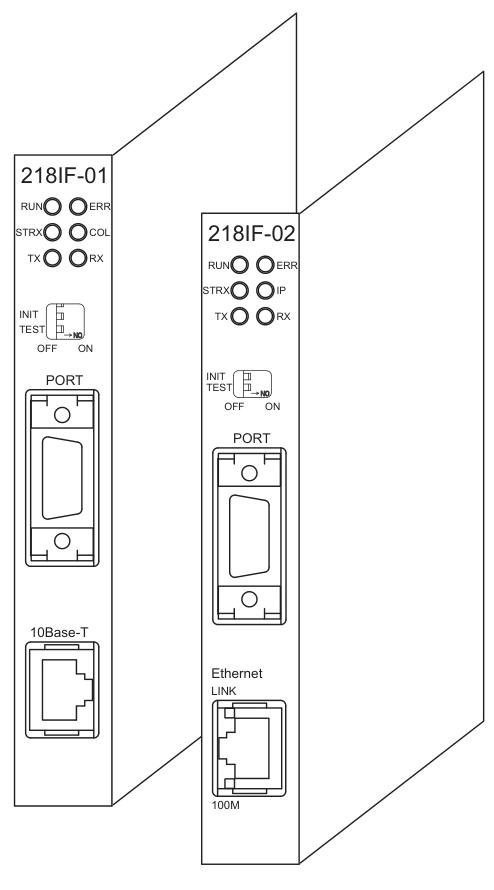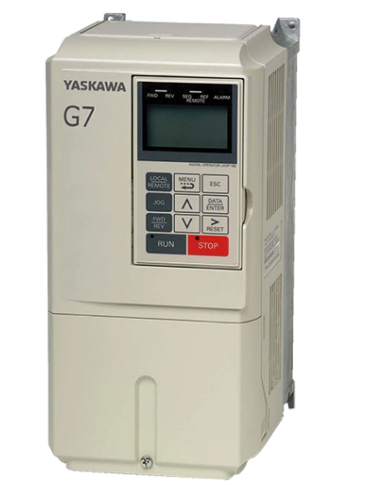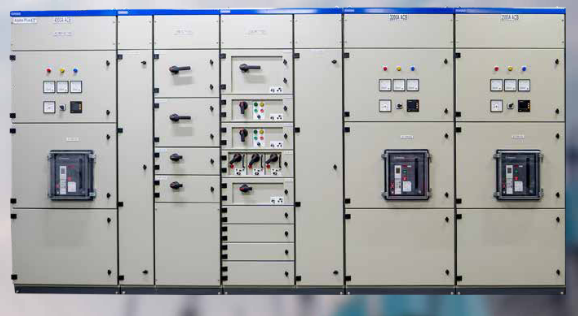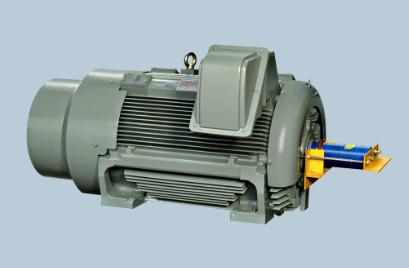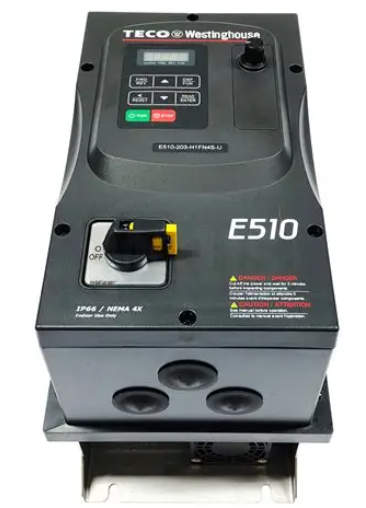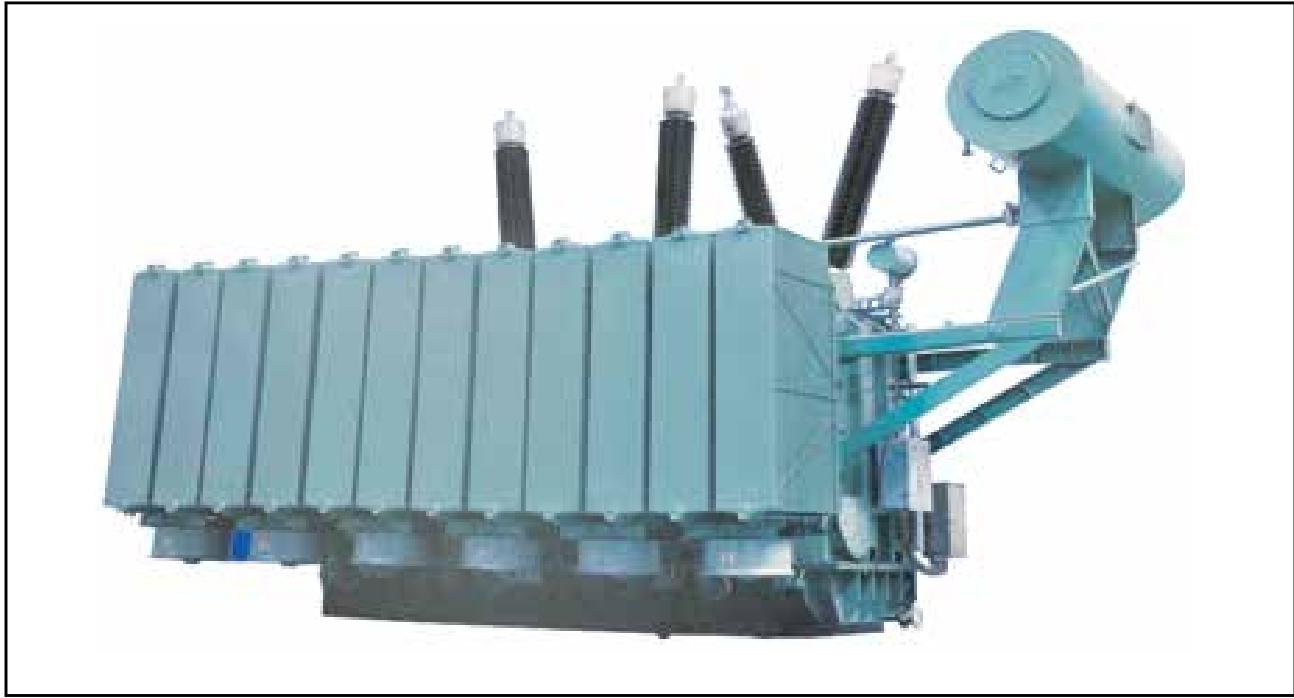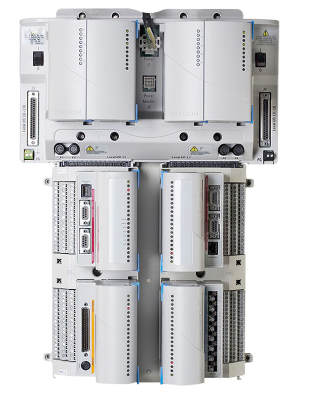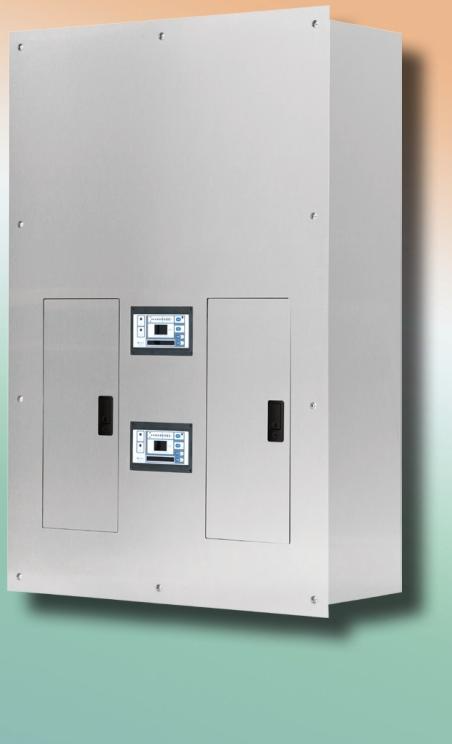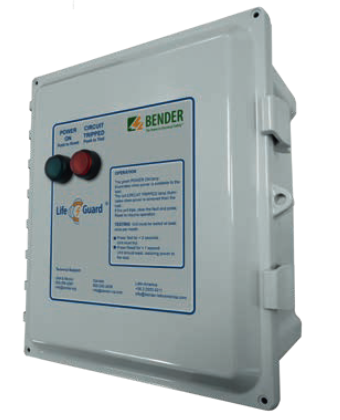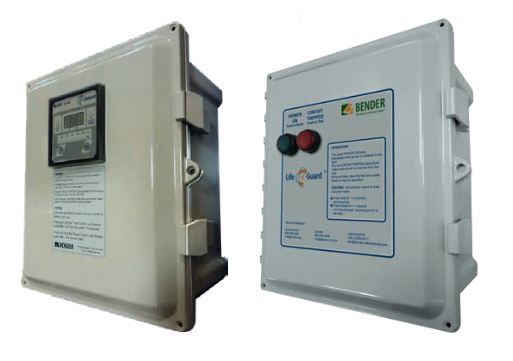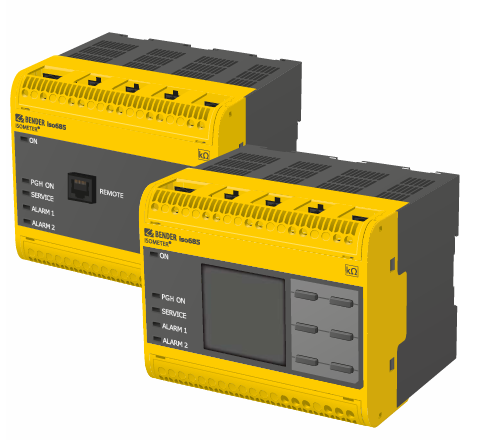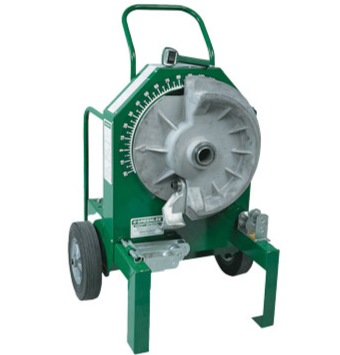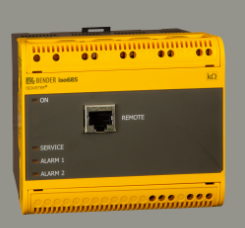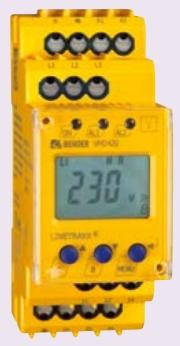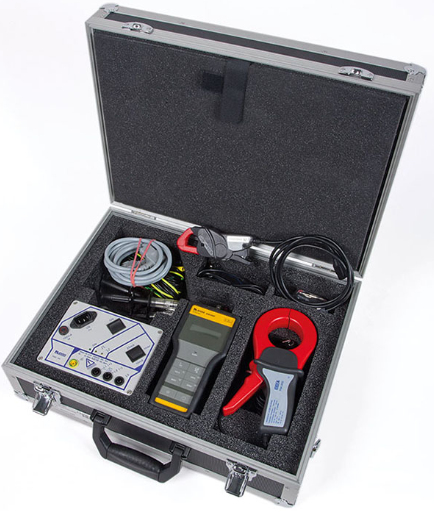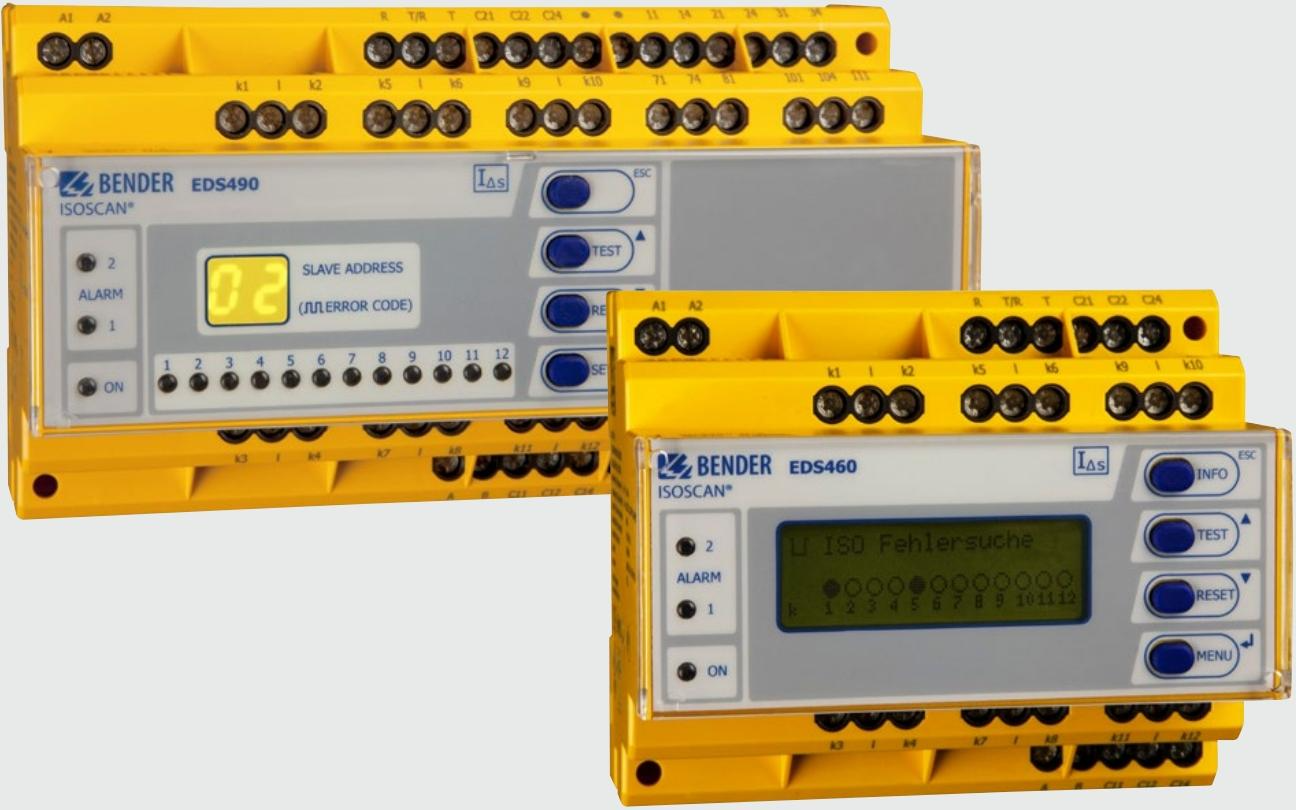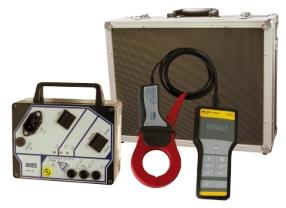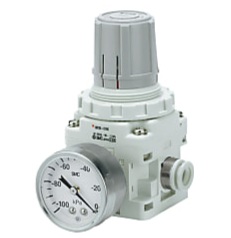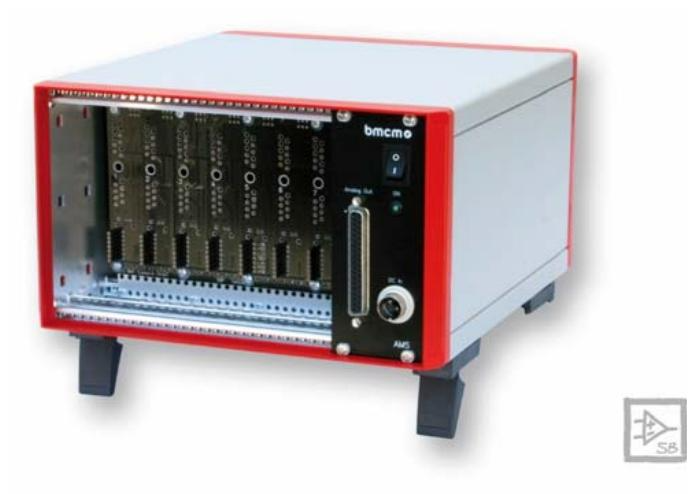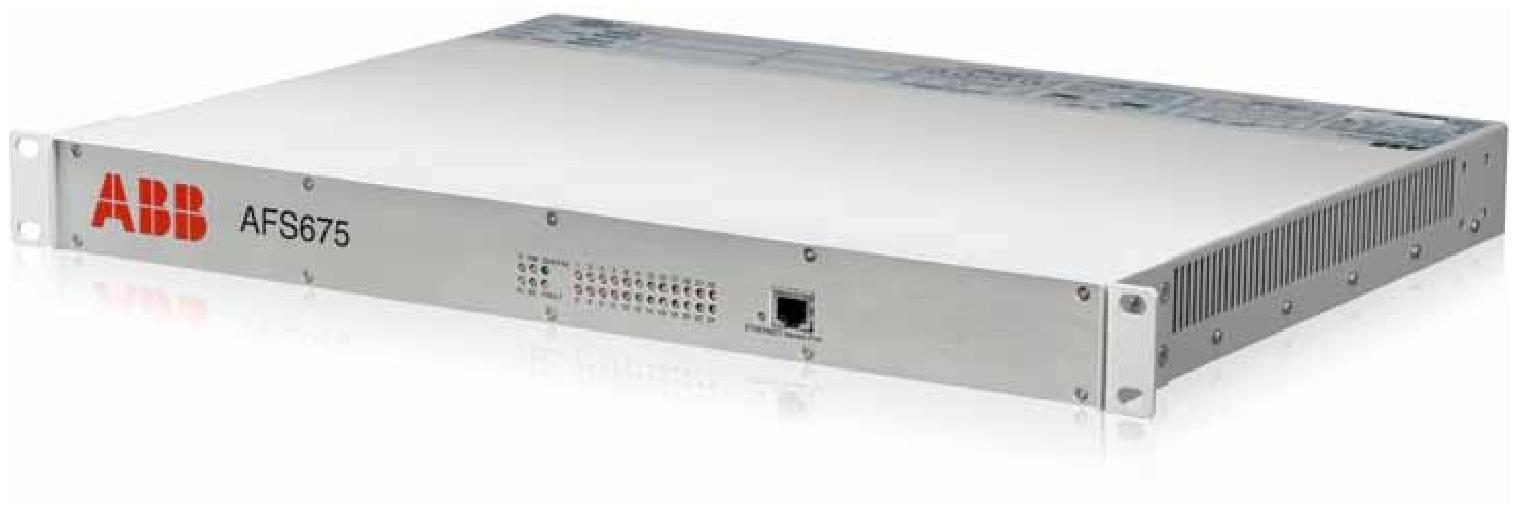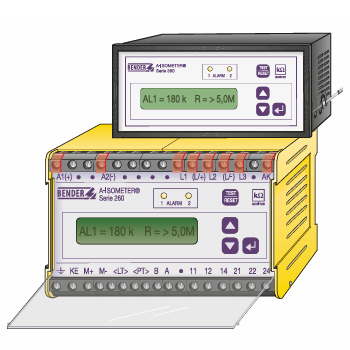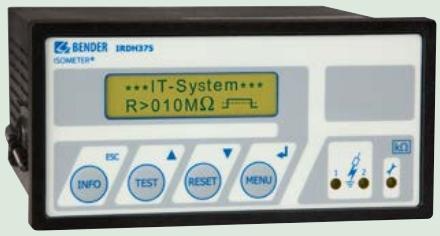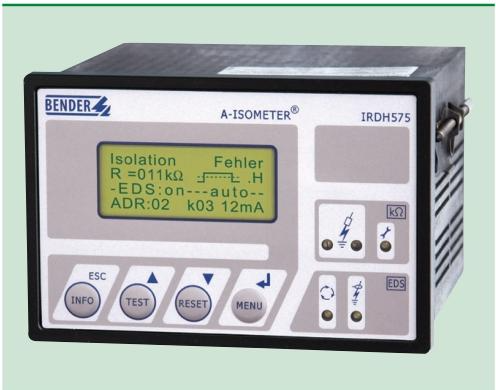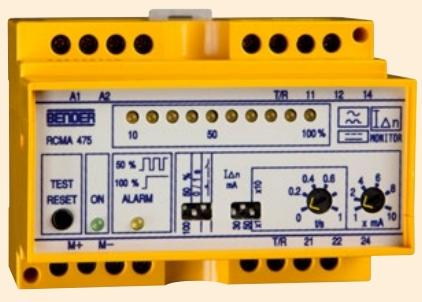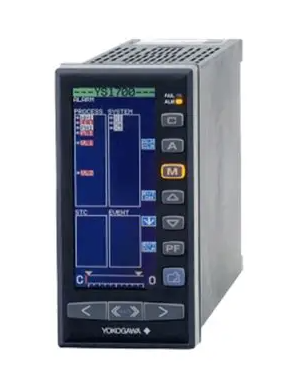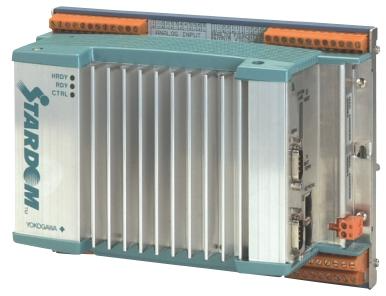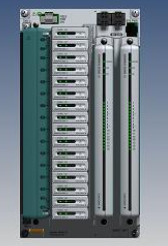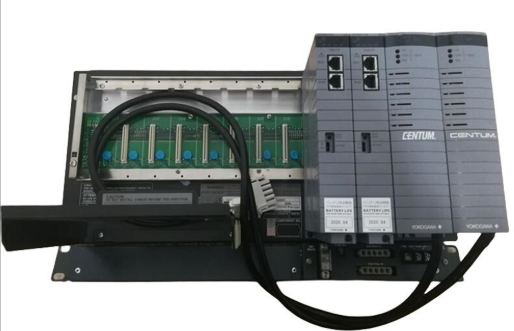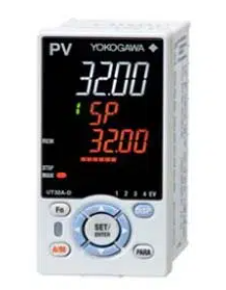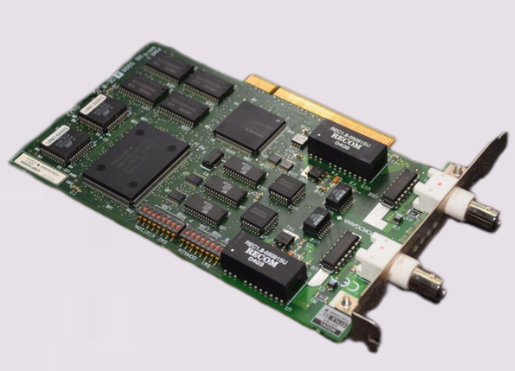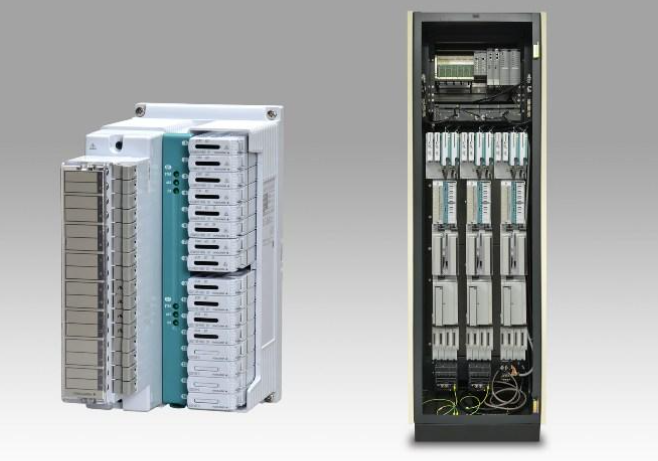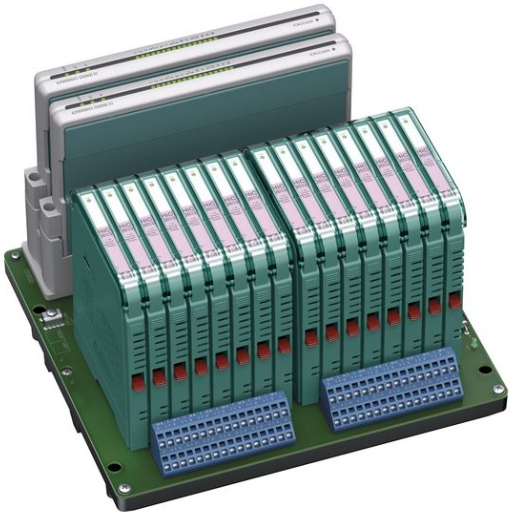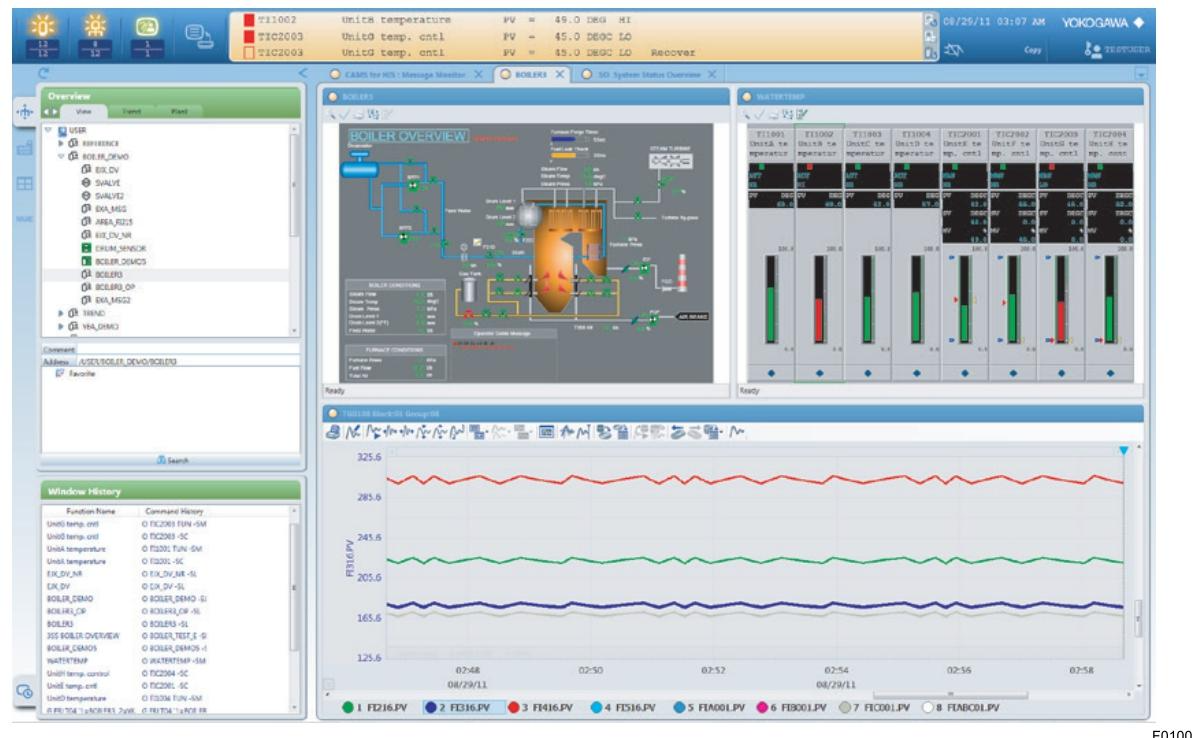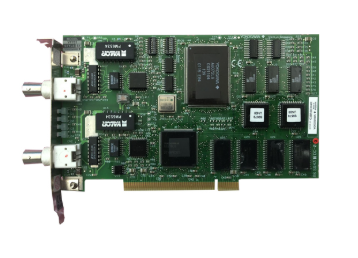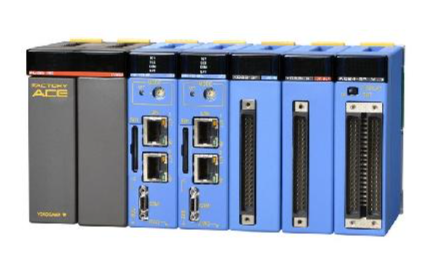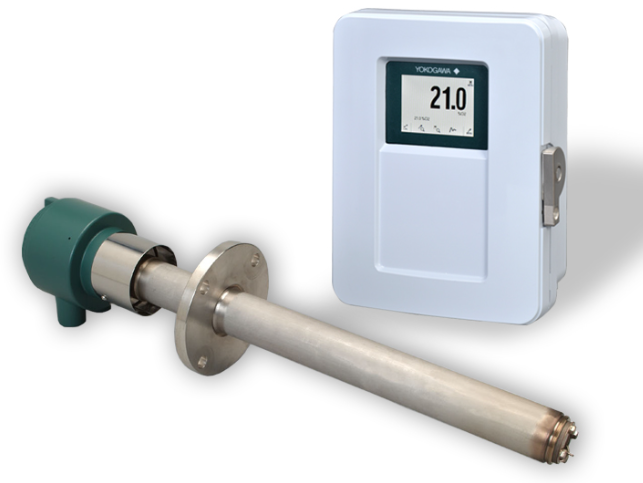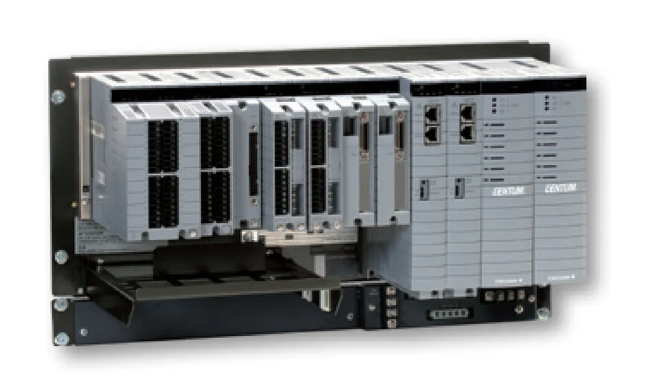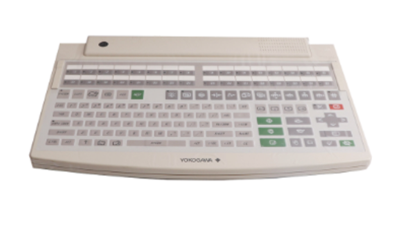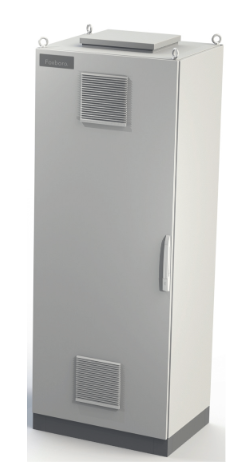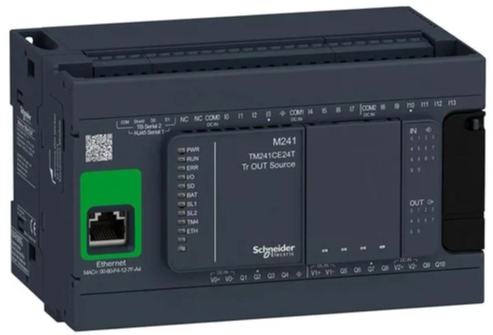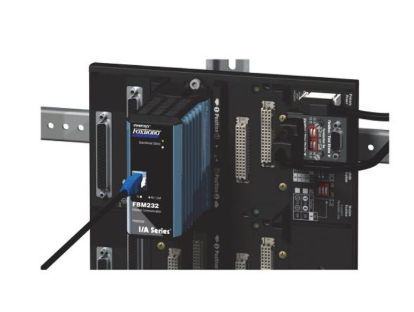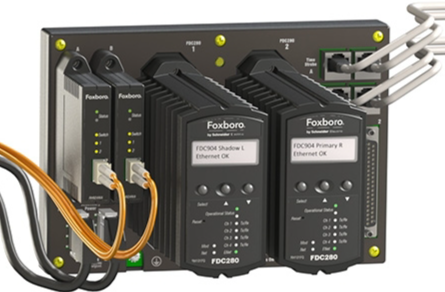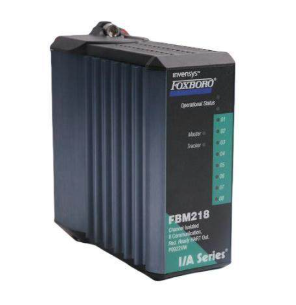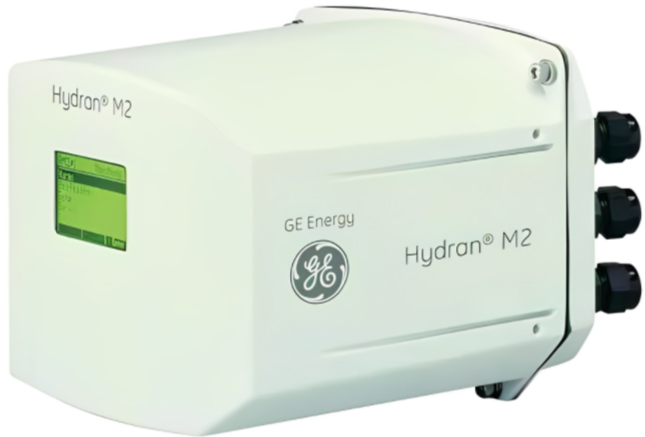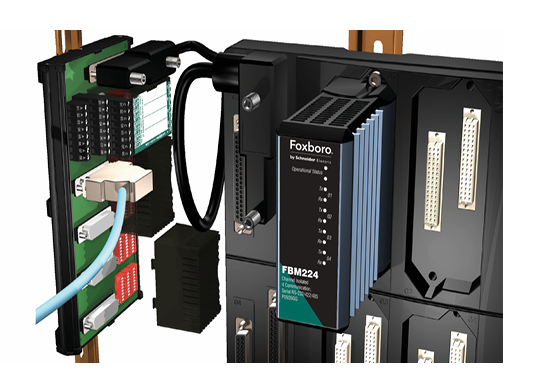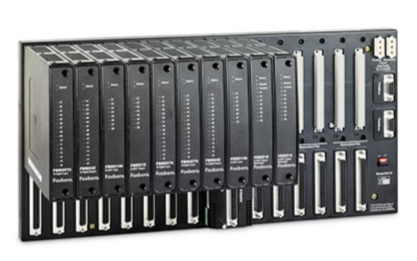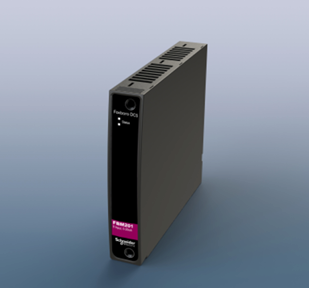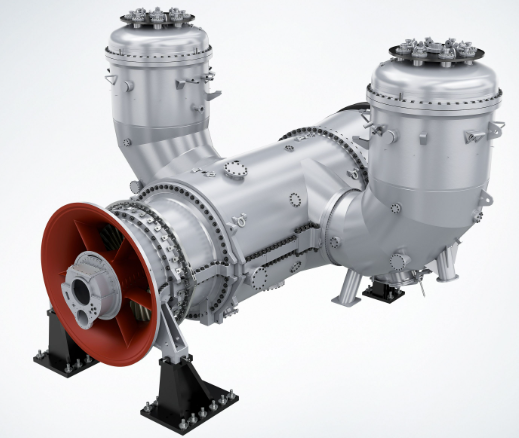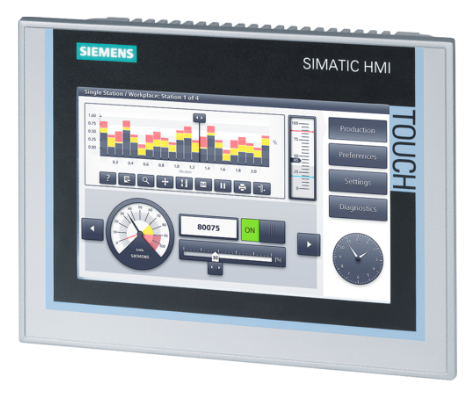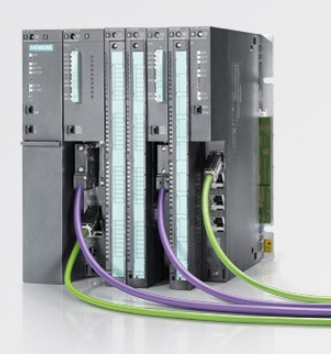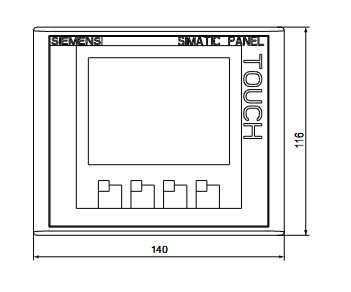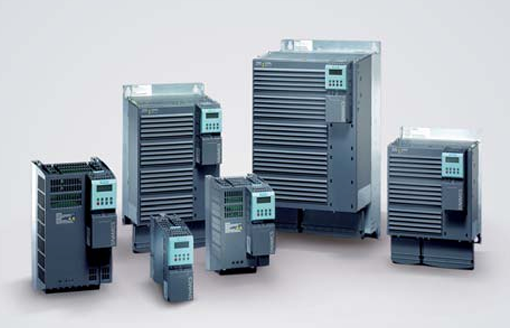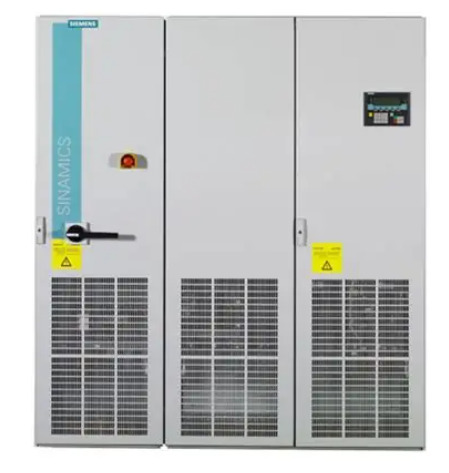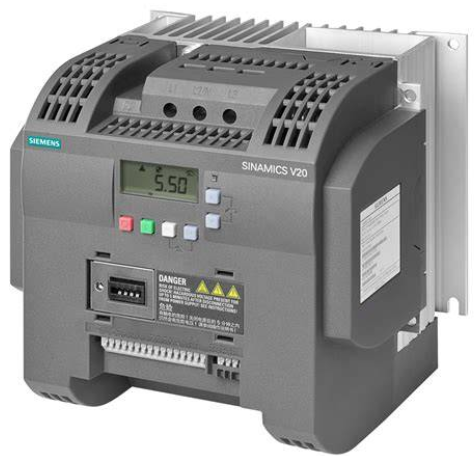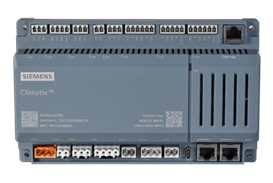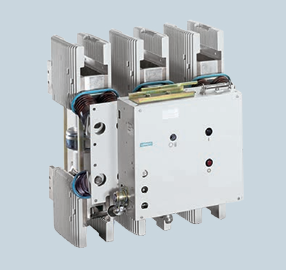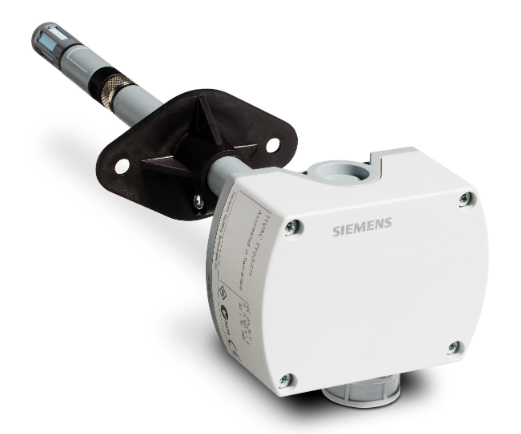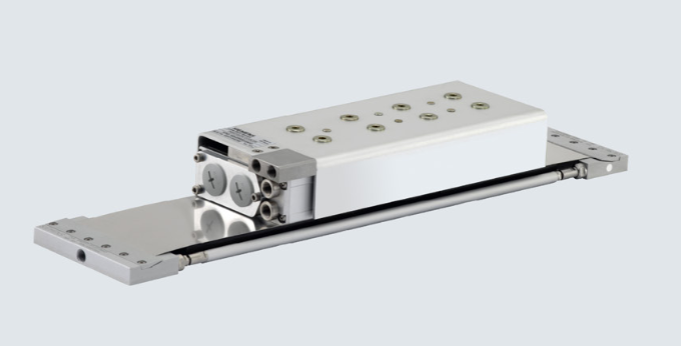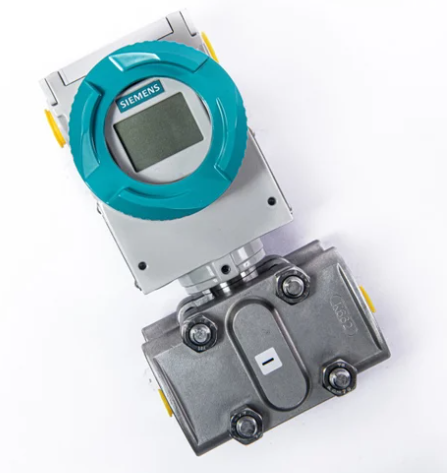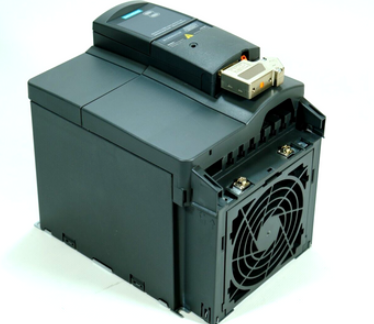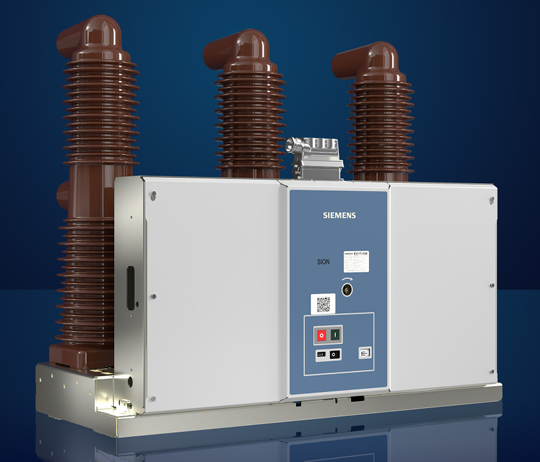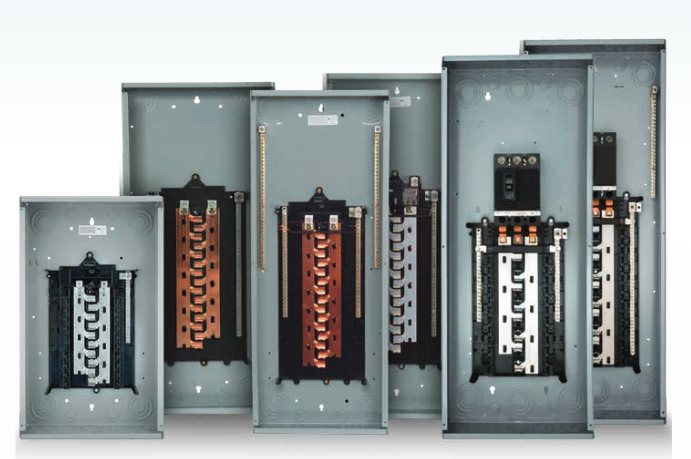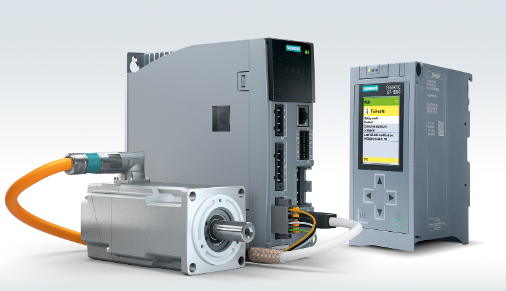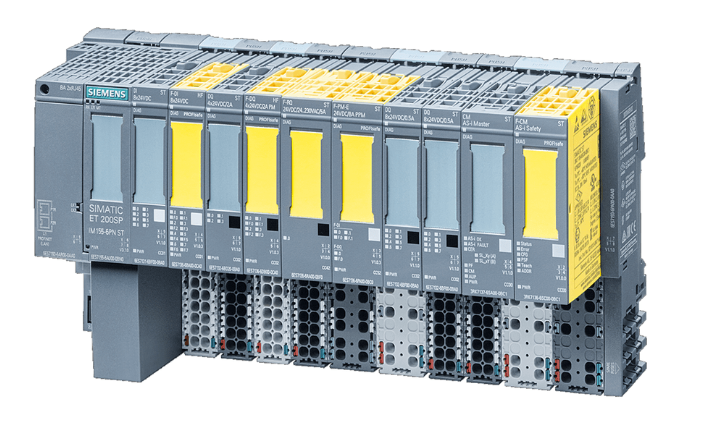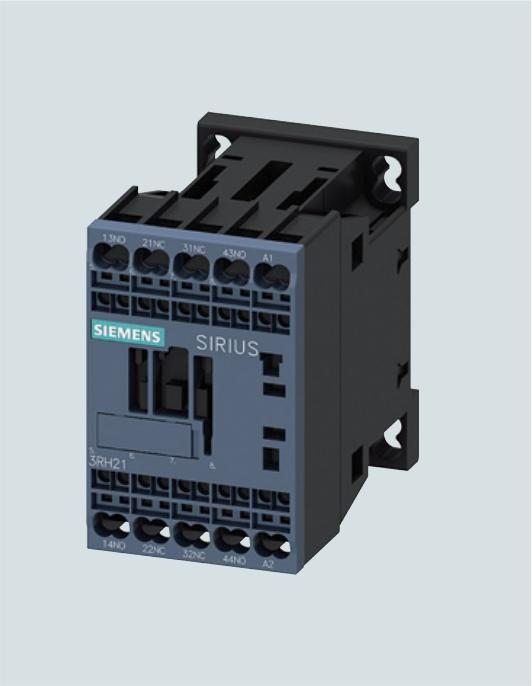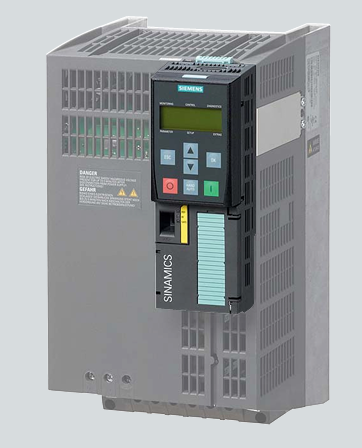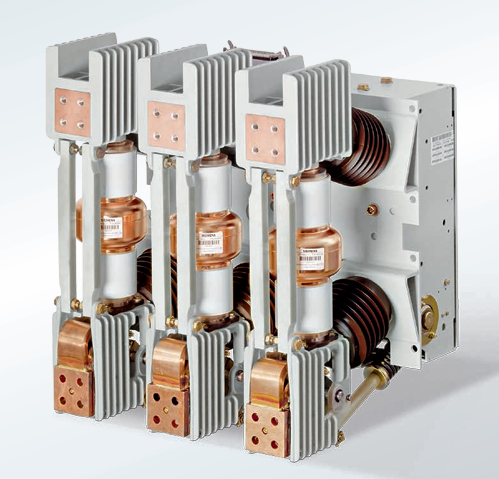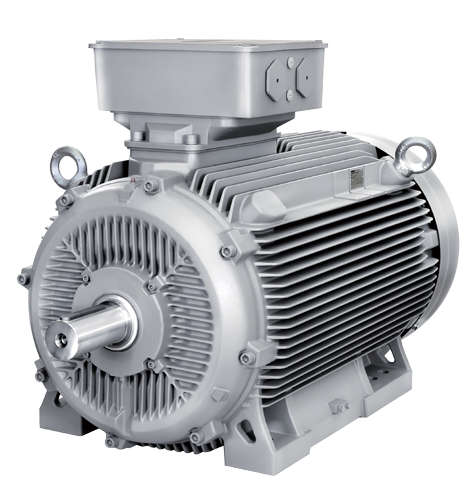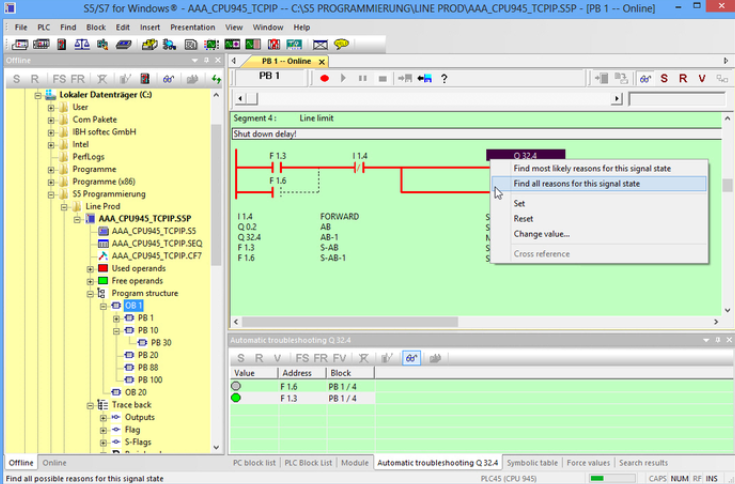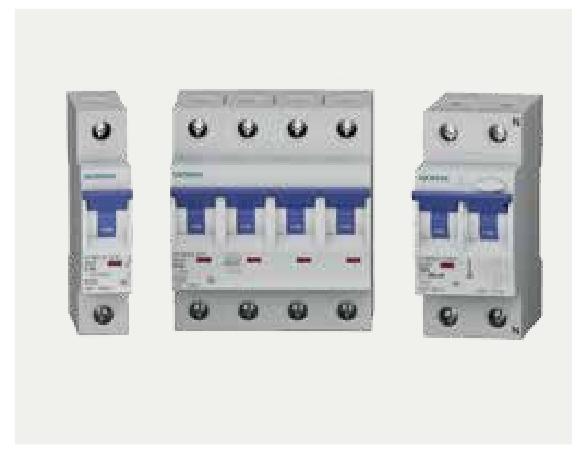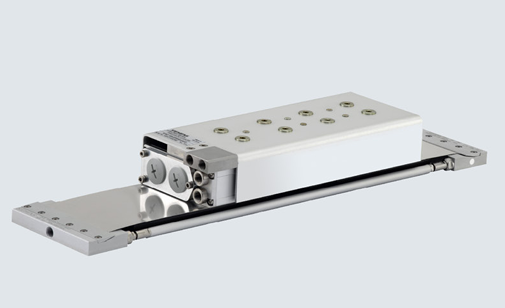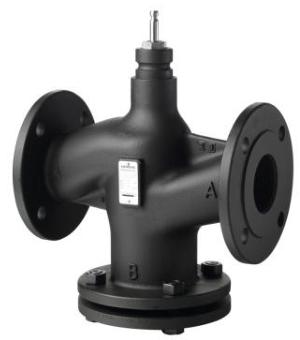

K-WANG


- Telephone:+86-15305925923
- contacts:Mr.Wang
- Email:wang@kongjiangauto.com
Manufacturers
ABB
Model(s)
ABB Advant Controller 31, ABB Advant OCS, ABB Procontic, ABB Procontic CS31
Estimated Shipping Size
Dimensions: 5.0" x 6.0" x 4.0"
(12.7 cm x 15.2 cm x 10.2 cm)
Weight: 0 lbs 9.0 oz (0.3kg )
Tariff Code: 8517620050
Country of Origin: Germany
Ships from Webster NY, USA
ABB ANK31 Arcnet Interface Module
Basic Information
Model and name: ABB ANK31 Arcnet Interface Module, ‘ANK31’ is the model identification of this module. This is an Arcnet interface module for industrial automation control system, the main function is to realise the connection and communication of Arcnet network in the system.
Family: belongs to the ABB industrial automation control module family. In this series, there are other types of network interface modules, input/output modules, controllers and other devices, which work together to form a complete industrial automation control system.
Application Scenario Correlation: Widely used in the field of industrial automation, especially in industrial environments that require high reliability of network communication. For example, it is used for data exchange and communication between devices in scenarios such as factory automation production lines, process control systems (e.g., chemical, pharmaceutical, metallurgical industries), and intelligent building systems (for equipment monitoring and management).
Functional Features
Network connectivity features
Arcnet network support: specially designed to support the Arcnet (Attached Resource Computer Network) network protocol, which is a mature and highly reliable LAN protocol commonly used in the industrial control field. The module enables connected devices to integrate into the Arcnet network and communicate with other devices on the network (e.g. PLCs, sensors, actuators, etc.).
Multiple network topology support: It can be adapted to different Arcnet network topologies, such as bus-type, star-type, etc. In the bus-type topology, it can be adapted to different network topologies. In a bus topology, the module is able to transmit data with other devices on a shared communication bus; in a star topology, it can be used as a node device to communicate with a central node (e.g., a switch or a hub), and this flexibility makes it easy to be applied to a variety of industrial network layouts.
Number of network access devices: It can support multiple devices to access the Arcnet network, the specific number may vary depending on the product configuration and network settings, but generally it can be connected to multiple sensors and actuators, making it possible to centrally manage and control a large number of devices in a network environment to satisfy the communication needs of the equipment-intensive industrial sites.
Data Communication Functions
High-speed data transmission: Provides relatively high-speed data transmission rates to meet the needs of real-time data exchange in industrial automation systems. Although specific transmission rates may vary depending on network configuration and other factors, they can generally reach several Mbps (e.g., 2.5Mbps or higher), which ensures rapid transmission of data such as device status information and control commands.
Data transmission reliability: A series of data verification and error correction mechanisms are adopted to ensure the accuracy and integrity of data during network transmission. For example, through CRC (Cyclic Redundancy Check) and other technologies, the sent and received data are checked, and once the data error is found, it can be corrected or requested to be retransmitted in time to reduce the impact of data transmission errors on the industrial control process.
Communication protocol conversion: In addition to supporting the Arcnet protocol, it may also have certain communication protocol conversion functions. This makes it possible to perform data conversion and communication between Arcnet network and other networks or devices (such as PLC or upper computer system supporting different protocols), which facilitates the integration between different systems.
Diagnostic and Management Functions
Network status monitoring: It can monitor the status of the Arcnet network in real time, including whether the network connection is normal, whether there are errors in data transmission, and the network load condition. Through the indicators (such as LED indicators) on the module or software tools, network status information can be visually displayed, making it easy for maintenance personnel to detect network faults in a timely manner.
Troubleshooting and Alarm: When a network fault or device communication abnormality is detected, it can automatically carry out troubleshooting, determine the approximate location of the fault (e.g., a connected device, a section of the network link, etc.), and issue an alarm signal. The alarm can be triggered by flashing lights, outputting alarm signals to the host computer system or triggering the local audible alarm device, reminding the staff to deal with the faults in time and reducing the system downtime.
Technical Parameters
Electrical parameters
Working voltage range: the working voltage is generally DC voltage, the range may be around 18V - 30V DC, so that it can adapt to the common power supply situation in the industrial field, to ensure that the module can work stably under different power conditions.
Power Consumption: The power consumption is low, usually between a few watts and a dozen watts, depending on the module's operating status (e.g., data traffic of network communication, number of connected devices, etc.) and the module's design. The low power consumption design helps to run stably for a long time in industrial environment, and it can reduce the heating of the equipment and improve the reliability of the equipment.
Performance Parameters
Data transfer rate: As mentioned above, a certain data transfer rate is supported, usually in the range of several Mbps, the exact value may vary depending on the network configuration and other factors.
Number of devices connected to the network: Multiple devices can be connected to the Arcnet network, the exact number may vary from a few to dozens depending on the product design and network configuration.
Communication Latency: Low communication latency to respond quickly to data requests and control commands in the network. Communication latency is generally in the millisecond range, e.g., typical communication latency may be between 1ms - 10ms, which is important for real-time demanding control applications in industrial automation systems.

| User name | Member Level | Quantity | Specification | Purchase Date |
|---|






